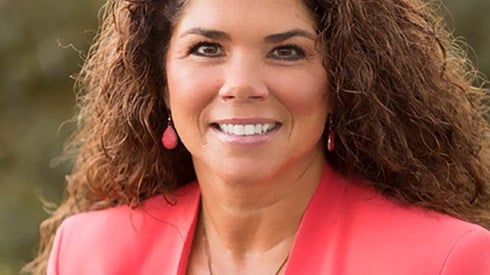Captives Enhance the Value of Professional and Trade Associations

September 12, 2022

Editor's Note: Hylant Global Captive Solutions contributes this Thought Leadership article examining how captive insurance can address the needs of members of professional and trade associations.
Leaders of professional and trade associations are on a constant quest to address the needs of their members and make those memberships more valuable. Increasingly, all sorts of associations have discovered that one of the most valuable benefits they can provide involves developing a captive insurance company.
The insurance industry is in one of the toughest markets anyone can remember. Premium rates are soaring, underwriters are building new limits into policies, and some insurers are even walking away from industries they've served for decades. That's leaving many businesses and professionals in a lurch. They know they need coverage, but when their renewal notices arrive, the premiums are well above what was budgeted, or the policies no longer cover key risks such as cyber issues.
Member-Focused Captives
As association members plead for help, savvy leaders have become familiar with the captive concept and are creating programs designed to meet their members' unique needs. Whether the focus is on professional liability for legal and medical associations, property and casualty coverage for groups of contractors, or healthcare needs for large numbers of golf course owners, captives provide a prudent, affordable alternative to what's available in the marketplace—if coverage is available at all.
A captive is formalized self-insurance, but what makes it different from other alternative risk strategies is that it involves establishing a legitimate, licensed insurance company with actuarially sound management. Captive insurance companies are regulated just like other insurance companies. When an association establishes a captive for its members, instead of paying traditional premiums, those members invest a specified amount of money each year based upon actuarial calculations. The captive manages those funds and uses them to pay claims.
How Captives Differ
The key difference between traditional insurance premiums and the funds invested in a captive is that any assets not used to pay claims or the operating costs of the captive can grow under the control of the insured/owner rather than a third-party insurer. Over time, a well-managed captive insurance company may accumulate a significant amount of equity, allowing the captive to reduce the members' future total costs accordingly. Because the investments have the potential to be considered premiums from a tax standpoint, they're generally deductible. In other words, participants invest capital into the captive and receive a tax deduction for doing so. (Be sure to check with your tax professional about your situation.)
In recent months, we've seen a number of associations analyze and establish captives for the unique needs of their members. One example is an association of motorsports organizations that provides coverage to regional members who host events. If a local group in Lubbock, Texas, wants to host a motocross competition, obtaining liability insurance may be cost-prohibitive. Through the captive, coverage is designed specifically to reflect the realities of the group's activities.
Another example involved an association of companies in the grocery industry. Both wholesalers and retailers have struggled as supply chain issues, inflation, and the effects of the pandemic have carved away at their margins. Huge premium increases could have the potential to drive long-established companies out of business. Recognizing the challenge, their national association has created a mechanism to provide the protection they need at a more affordable cost.
Prudent Strategy
Association captives have become especially important in sectors traditional insurers have abandoned. Every company or profession has inherent risks and must find ways to mitigate or offset them. If the insurance market is unwilling to do so or will only provide coverage at exorbitant rates, you need to find another way. Some companies might be tempted to do that by shifting large sums of money into a rainy-day fund and crossing their fingers that they won't have to tap into it. Addressing it through an actuarially sound and regulated insurance company may be far more affordable and prudent.
There's another benefit to the association captive approach. Their members may be in industries or roles traditional insurers really don't understand. When insurers don't have a strong grasp of the real risks in a sector, they tend to protect themselves through exclusions or higher premiums. But the members of an association represent a tremendous amount of intellectual capital about the industry, so they can guide and educate underwriters and managers more accurately. Members can also agree to implement loss control strategies to minimize the number of potential claims.
Getting Started
Associations interested in pursuing the captive strategy shouldn't go it alone. The laws and details can be complex, and a captive will provide the desired benefits only if it is structured correctly, actuarially sound, and managed professionally.
Captive establishment and administration require specialized expertise from a team of captive insurance and healthcare industry experts, together with actuarial, tax, and legal professionals. The Hylant captive team has extensive experience helping association organizations and other entities develop effective, affordable captive programs.
September 12, 2022




